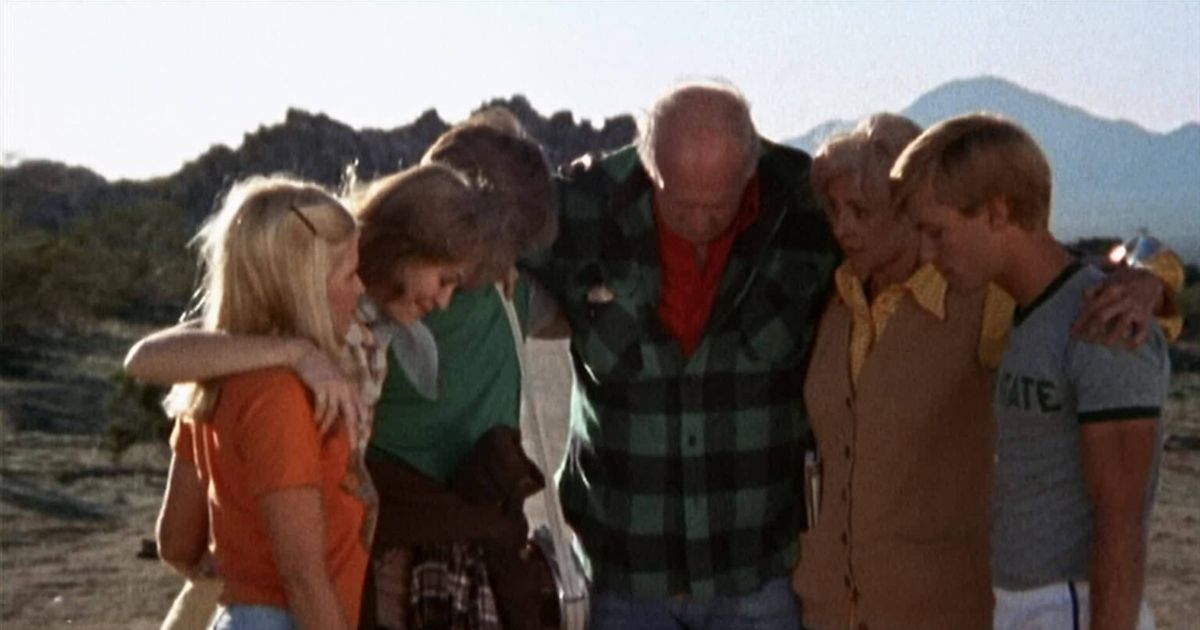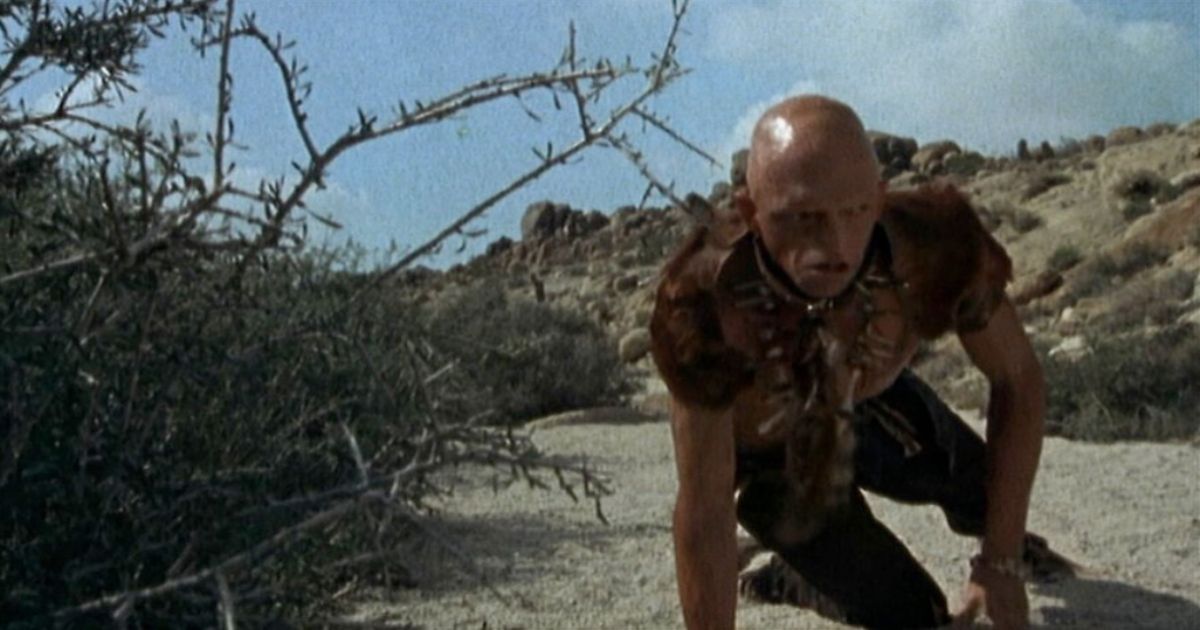1970s horror is filled with well-known classics, from supernatural movies like The Exorcist to slashers like Halloween and The Texas Chainsaw Massacre. These mainstream films dominated the box office, bringing the genre to a more mainstream audience. But one movie from the decade stands out for its unique blend of horror and psychological terror: The Hills Have Eyes.
Released in 1977, Wes Craven's The Hills Have Eyes had to compete with other movies like Smokey and the Bandit, one of the year's highest-grossing movies. Yet, Craven's masterpiece managed to make its mark on the genre, becoming one of the most influential and scariest films from the 1970s. It ended up earning $25 million and took home the Critic's Award that year at the Sitges Film Festival, one of the most prestigious genre festivals in Spain.
The Main Storyline of The Hills Have Eyes
The Hills Have Eyes follows the Carter family, who are traveling through the desert on their way to Los Angeles. After a car crash leaves them stranded and one of their dogs runs off into the hills, it doesn't take long for the family to discover the area is inhabited by a family of cannibals set on terrorizing them.
The depraved family of cannibals, featuring the talented Michael Berryman as Pluto, is a menacing presence throughout the film and is part of what makes The Hills Have Eyes so iconic. The family is forced to fight back throughout the night and into the next day, facing some of the most horrifying scenarios imaginable. Few characters make it to the end alive, leaving a bleak and desperate atmosphere that is difficult to shake.
Well-known actors like Dee Wallace and Virginia Vincent star in the film, making the stakes even more real for viewers. Even though it may seem dated today, The Hills Have Eyes still holds up and stands out for pushing the limits of what was deemed acceptable during that time and creating a new benchmark for cinematic horror.
The Hills Have Eyes Is Based on a Creepy Folk Legend
One factor that makes The Hills Have Eyes scarier than other releases from this decade is that much of the plot is based on the Scottish folk legend of Sawney Bean. Essentially, this is a story of a cannibalistic family living for generations in an Ayrshire cave, believed to have murdered and eaten over 1,000 people for nearly two decades. Alexander "Sawney" Bean was the head of the group, which preyed on its victims during the 16th century.
Craven, a former English professor, was inspired by this story and adapted it to fit the desert landscape, bringing the legend to life in a new setting. Through his innovative approach to storytelling, he created a movie that helped break him apart from the reputation gained from his 1972 film The Last House on the Left.
While both productions are graphic and have an exploitation feel, The Hills Have Eyes is arguably the more sophisticated of the two. There's a primal fear at the core of this plot that cannot be denied, and its roots in the Sawney Bean legend definitely add to its power.
Wes Craven Was the Master of Creating Tension With Cinematography
Another element of The Hills Have Eyes that makes it stand out from other horror movies is its expert use of cinematography. Craven's approach is not only creative but also effective in taking the viewer out of the feeling they are watching a movie and making it feel more like a documentary than fiction. The Hills Have Eyes uses a variety of techniques to develop a false sense of security that quickly fades into terror and panic, forcing the audience to question what else they will be confronted with. Craven was a master of creating tension through his use of camera angles, lighting, and sound.
The Hills Have Eyes features a unique progression throughout the movie, with the final scene and overall conclusion taking place the next morning. Most horror films have most of the violence and terror take place during the night, but the big finale doesn't come until daybreak. The almost documentary-style editing and camera work, combined with the perfectly timed buildup of events, makes the ending just as effective as if it had happened at night. It showed that not only could these horrors occur in the middle of the day, but they could also happen to anyone unlucky enough to break down in the wrong place.
How Scary Is The Hills Have Eyes?
The Hills Have Eyes is an exploitation horror movie that strongly focuses on shock and gore. With that comes content that may be triggering for some viewers. Some of the more extreme scenes rely on buildup, suspense, and implied violence, though some may find it tame by today's standards. Fans of movies like The Texas Chainsaw Massacre or I Spit on Your Grave will enjoy the elements in this film, while those looking for a more nuanced story may find it too much.
These qualities and the excellent direction from Wes Craven make The Hills Have Eyes one of the scariest movies from the '70s and a timeless classic that has inspired a sequel and remake. Its influence on the genre is undeniable, and it has become a cult classic for fans worldwide.




.jpg)
